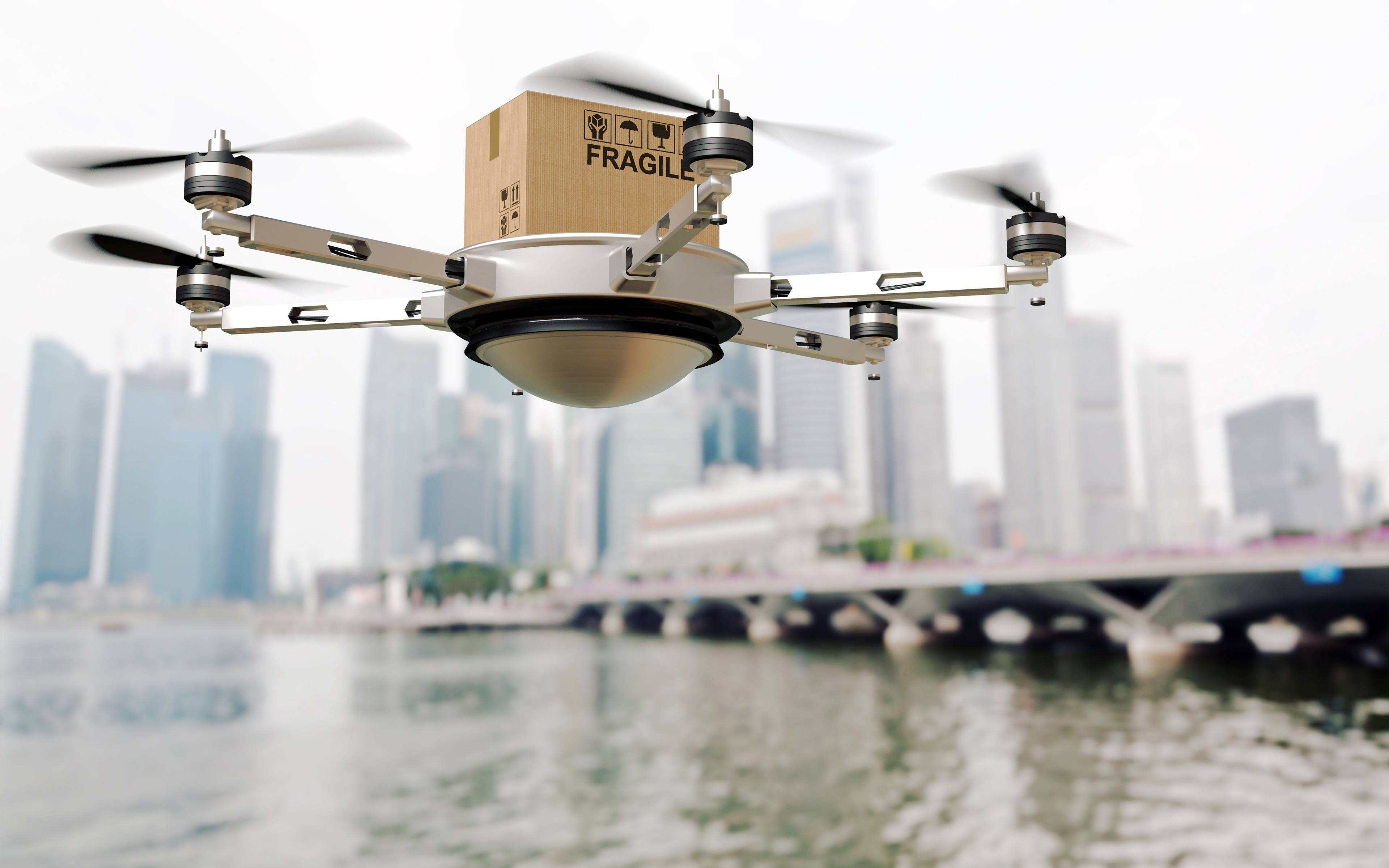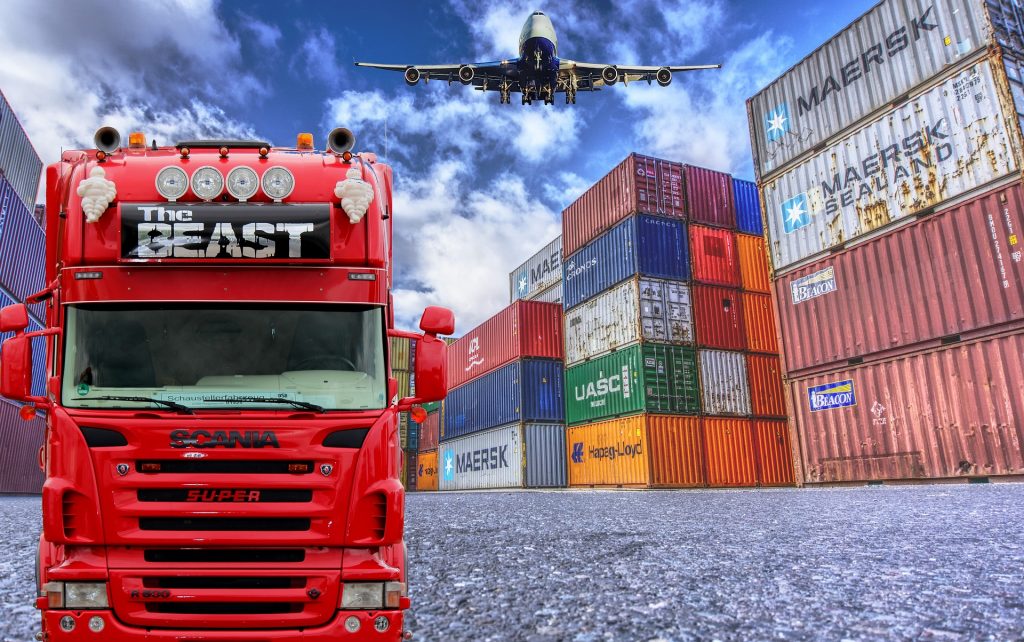Technology, media and telecommunications (TMT) organizations around the globe entered 2020 feeling uncertain about their prospects for business growth in the year ahead. The potential for a downturn, which increases every day after the long streak of economic growth we’ve experienced, is one factor fueling that worry. So, too, are ongoing changes in tariff and trade policies.
This is not a mild case of unease, either. TMT executives responding to the 2020 Top Risks survey from Protiviti and NC State University’s ERM Initiative cited economic conditions in the markets their business currently serves as the number one risk issue for their organizations this year. In our 2019 survey, that risk ranked sixth. (View TMT industry-specific results from our 2020 survey here.)
TMT companies will want to consider stepping up their efforts now to prepare for a possible retraction in business growth — or, at the very least, a period of continued uncertainty. The best time to evaluate contingency plans and conduct scenario-planning is before market conditions become less favorable.
No Shortage of New Technologies, But a Lack of Skilled Talent to Work With Them
The second-ranking top risk for TMT companies this year is actually new to our annual survey. TMT executives are concerned that the adoption of digital technologies, such as artificial intelligence (AI) and robotics, may require their organization to secure new skill sets that are either in short supply or demand significant efforts to upskill and reskill existing employees.
It might be logical to assume that businesses in the TMT sector, particularly technology companies, have no trouble keeping pace with digital change. But technologies are emerging and advancing at such a rapid pace that these businesses are constantly pivoting, trying to respond in a timely manner to digital change and answer critical questions such as: How do we harness this technology? And this one? And this one? Can we do it? Should we do it? How will it benefit us? How will it benefit our customers?
When adopting new technology, TMT companies also must consider the potential impact on their internal systems. And they should have viable business cases to pursue so they can put their investments into action — and align people with the right skills to execute those projects. Unfortunately, workers in possession of the latest skill sets are scarce, and competition for those professionals is exceedingly fierce, including in the tech sector. So, it’s no surprise to find that TMT companies are very concerned about recruiting and retaining top talent – the number three risk on their list.
One major complication to reskilling or upskilling workers, though, is the uncertainty around exactly what types of skills are needed and how to equip workers with those abilities quickly and cost-effectively. Also, not all skills needed to work with advanced technologies like AI are easily teachable, or even technical for that matter — like critical thinking and problem solving.
For the above reasons, as TMT businesses pursue digital transformation initiatives, many are turning to alternative labor strategies, both human and technological, to address talent and skills gaps. Outsourcing routine services, using managed services arrangements and expanding automation are among these strategies.
A Continuous Cycle: Recruiting and Retention Challenges Undermine Succession Planning
Although alternative labor strategies can help TMT organizations find some breathing room and keep business operations rolling, they do not resolve the succession challenges — a subset of risk number three. (TMT executives ranked this risk fifth in the 2019 survey.)
TMT companies operate in a highly dynamic and demanding industry. Competition for top talent is intense and poaching is rampant by both well-established and emerging companies. Even leading brands struggle to hold onto their top technologists in an environment with historically low unemployment where in-demand professionals call the shots. And not being able to hold onto great talent, let alone hire it, exacerbates the succession challenge for TMT businesses. How can a business position its next group of leaders if it can’t even keep them long enough to groom them?
This question is difficult to answer, but one thing is clear: TMT businesses must always bring their “A-game” when trying to attract and retain top talent. That includes building an amazing corporate culture that makes people want to join the company and be a part of helping it grow in the future. A company’s efforts to enhance its employees’ work-life balance, or to adopt socially responsible business and environmental practices, are examples of attributes that could be competitive differentiators.
Privacy and Data Security and Regulatory Changes Also Weigh on Executives’ Minds
Rounding out the top five risks for TMT companies are, respectively, concerns about having adequate resources to ensure privacy/identity management and information security, and being able to deliver products and services in a changing regulatory environment that can bring increased scrutiny.
For years, privacy and data security have been among the top risks for TMT companies in our survey. But this risk edged down slightly from last year, when it was in third place. That may suggest TMT businesses understand this risk and are focused on making investments to reduce its impact. The current regulatory environment, and mandates like the General Data Protection Regulation (GDPR) and the California Consumer Privacy Act (CCPA), are no doubt helping to keep this topic squarely in focus for management and boards, too.
That said, GDPR and CCPA are likely only the tip of the iceberg. TMT companies, especially technology companies, can expect to experience more regulatory pressure in the year ahead. The European Union, and U.S. regulators and lawmakers, have already been scrutinizing how leading tech firms are protecting sensitive data and individuals’ privacy. So, tech executives can look for more oversight and regulatory restrictions related to these areas, at least.
In uncertain times, the prospect of trying to juggle these and other top risks effectively can leave business leaders feeling pessimistic. However, it is important for senior executives and boards at TMT companies to keep in mind that this is exactly the type of environment that can fuel positive and lasting change. Now is an ideal time to confirm that the organization’s risk assessment and risk management approaches and capabilities are up to date — and that the business is aligning the right talent, tools and techniques not only to meet current, top risks head-on, but also lay the foundation for future success in an ever-evolving and increasingly challenging risk landscape.
For tips on getting started, see the section, “A Call to Action: Questions to Consider,” on Page 17 of the Executive Perspectives on Top Risks for 2020 survey report, available here.





